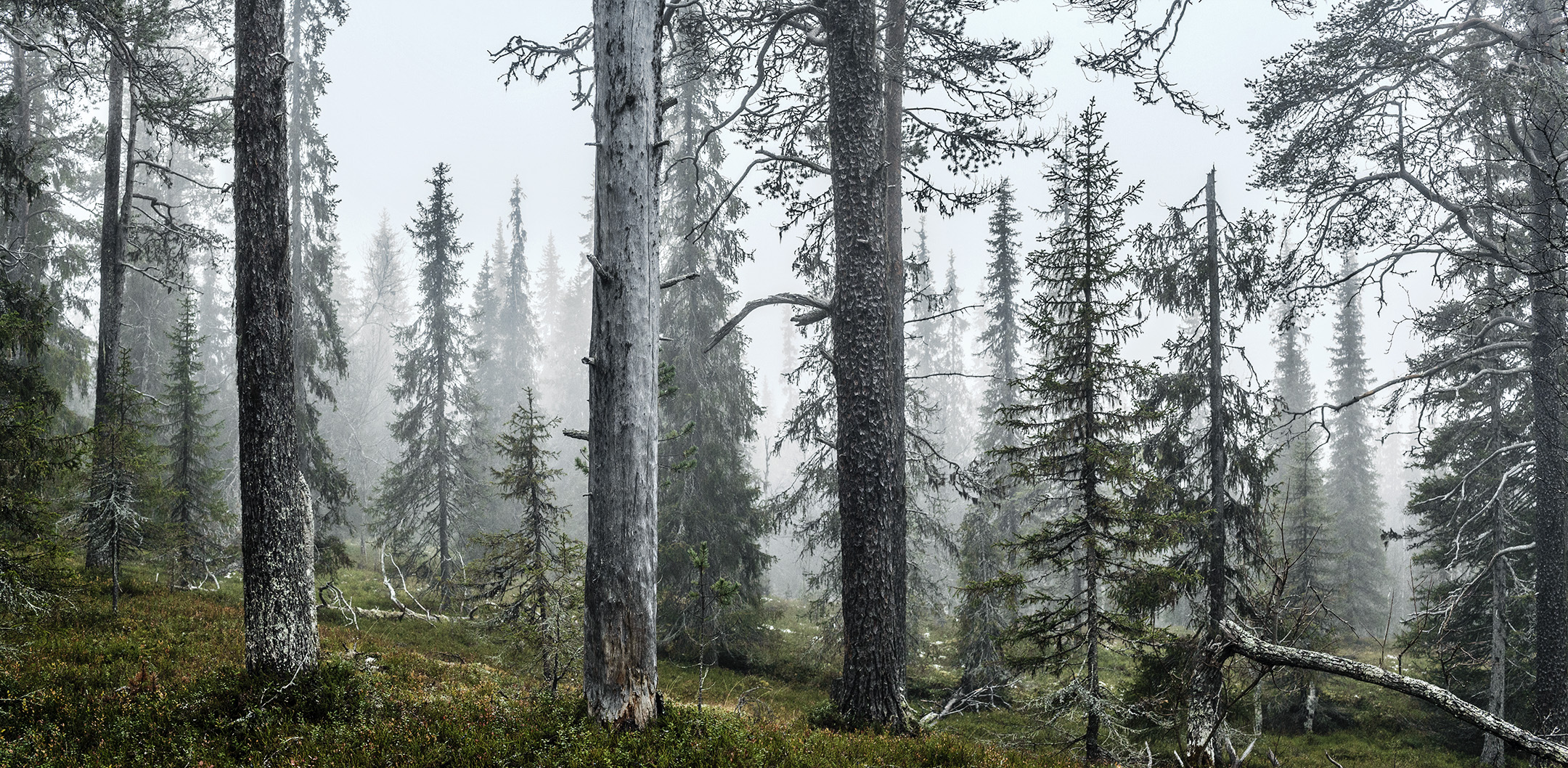Kelo trees in boreal forests
Silvery and barkless standing dead Scots pines, so-called kelo trees, are a long-lasting, ecologically and aesthetically integral part of the natural boreal forest. They support a variety of species, some specialized on their particular wood material and others benefitting from their extreme durability and longevity. Kelo trees are and have been a desired building material, but they are also some of the most important forest structures because of their cultural and immaterial values.
Kelos have more or less disappeared from the managed forests – a long time ago from populated areas with a long history of forest use, and more recently from remote areas due to intensified forest management. In the meanwhile, the ecological impacts of their disappearance are poorly understood.
This website is about the Kelo-project, a multidisciplinary effort to understand the formation of kelo trees, their natural dynamics in forest landscapes and their significance for carbon cycle and biodiversity. In the project, researchers work jointly with artist photographers in protected areas where kelos still exist, highlighting the long-term consequences of intervening in the slow processes of pristine nature, and the inherent difficulties of restoring slowly developing characteristics once lost.
Building on the ecological understanding accrued during the project, we will design an experiment aiming to restore kelo trees and their natural dynamics to the Finnish forests.
Most recent posts:
6.3.2025 – Let me tell you a little bit about hyperspectral imaging
25.9.2023 – The hardworking summer of Kelo-project
23.3.2023 – Kaisa Junninen: Polypore life in Koitajoki





